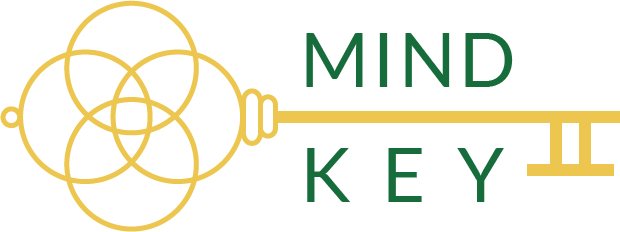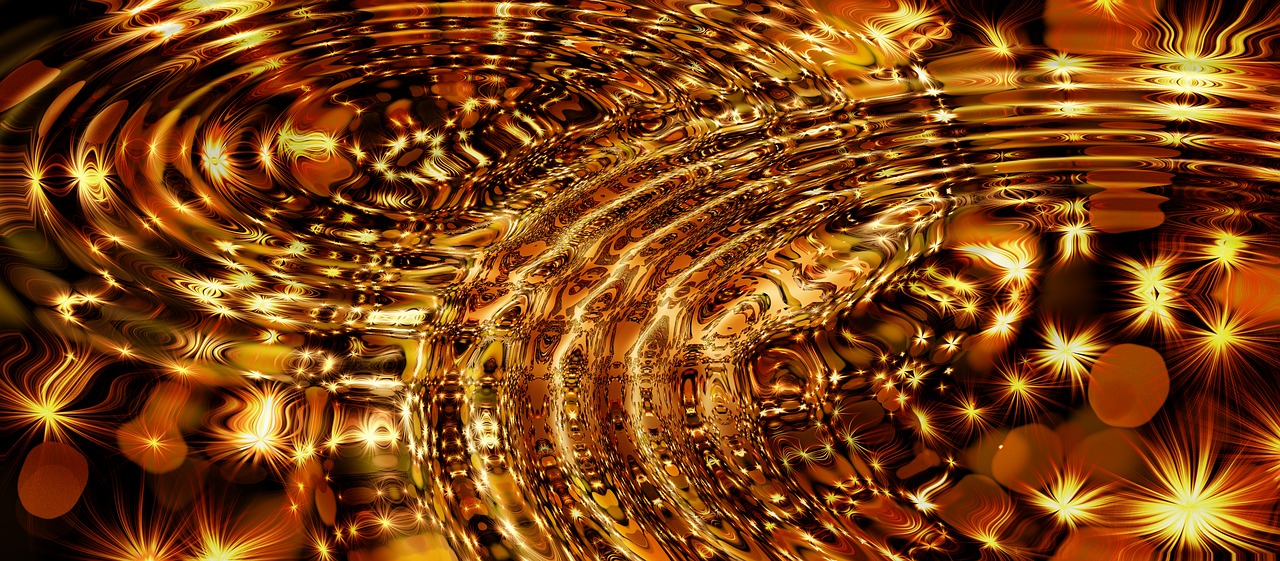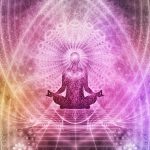Learning the vibration of the chakra system
By Barbara Steingas
As mentioned in yesterday’s article, A Guide to Chakras and Vibrational Energy, our physical, emotional and spiritual bodies resonate with wheels of color and energy known as the chakra system. Since colors have different vibrational wavelengths and frequencies, we can use these frequencies to put our bodies and psyches back into alignment. Below, I’ve outlined the major chakras of the body, where the energy of that chakra is located, and the frequency, or sound, that each chakra vibrates at. By becoming comfortable with chakra vibration, we can effectively place our bodies back into alignment quickly and easily.
The Chakra Vibration and sounds
The root chakra: Lam
The Root is the first chakra, is associated with the color red and has the vibrational sound of “Lam.” It extends from the base of our spine, down our legs to our feet. This chakra deals with our survival instincts, safety, security, our sense of belonging, our identity, and being grounded and connected to Mother Earth, our family and our community. In addition, it is associated with our immune system and the emotion of fear. The theme of this chakra is about our right to be. When this chakra is overactive we can experience anxiety, insecurity, quickness to anger, impatience and resistance to change. On the other hand, Chakra.info says that when it is underactive, you can feel depressed, disconnected from the world and people and disorganized.
The sacral chakra: Vam
The second is the sacral chakra; it is associated with the color orange and the sound “Vam.” This chakra encompasses our hips, spleen, sexual organs, our sensuality, vitality, creativity, self-acceptance and social interactions. Its theme is about our right to create. When it is overactive, we can have emotional overreactions, excessive emotional attachment to people or objects and excessive neediness in relationships and codependency. When the sacral chakra is underactive, we can fear happiness or pleasure, self-sabotage, lack of creativity and authenticity, low libido, irregular menstrual cycle, urinary or bladder infections.
The solar plexus chakra: Ram
The third is the solar plexus; it is associated with the color yellow and the sound “Ram.” Our digestive organs and adrenal glands are included here, along with our sense of being, character development, social interactions and boundary setting. This is about our right to act. When the third chakra is overactive, we can have control issues, excessive stubbornness, perfectionism, being overly critical, eating disorders and digestive issues. When it is underactive, we can lack confidence, seek constant approval of others and worry about what they think.
The heart chakra: Yam
The fourth is the heart chakra; it is associated with the color green and the sound “Yam.” This one connects our three lower and three higher chakras, and is all about love and healing. In addition to our heart organ itself, it includes our lungs, arms and hands. Nurturing, compassion, abundance, hope and faith reside here, as well. This is about our right to give and receive. When it is overactive, we can neglect our own needs by overly pleasing others, become unable to say no, and have heart and lung issues including asthma, heart attack and high blood pressure. When underactive, we can feel unloved, unappreciated, low self-esteem and worth, be overly sensitive or become negative and pessimistic.
The throat chakra: Ham
The fifth is the throat chakra; it is associated with the color blue and the sound “Ham.” This is our thyroid gland, mouth, voice and speaking our truth. It also includes our decision-making and creative expression. This is our right to speak. When overactive, it can cause us to speak rudely, look down on others, gossip, speak incessantly, have chronic sore throats, colds and laryngitis. When underactive, we have difficulty expressing our thoughts, are misunderstood by others and are too timid with inability to stand up for ourselves.
The third eye chakra: Sham
The sixth chakra is the third eye; it is associated with the color amethyst and the sound “Sham.” This houses our central nervous system, intuition, clairvoyance, reasoning, subconscious and clarity. This is our right to know. When overactive, we can lose touch with reality and be absorbed in the fantasy world of our thoughts, feel anxious, have mental fog, headaches, vision problems, seizures and insomnia. When underactive, we have difficulty making decisions, find it hard to concentrate, and experience poor memory, indecisiveness and procrastination.
The crown chakra: Om
The seventh is the crown chakra; it is associated with the color white and the sound of silence, just like the line from another 1960s song by Simon and Garfunkel. This is our muscular and skeletal systems, our higher self, connection with God, the Universe and the oneness of all there is, as well as our empathy. This is our right to connect. When it is overactive, we can feel spaced out, dizzy and lack of empathy for others. When it is underactive, we can have coordination and balance issues, selfishness and lack of joy. We can connect to the crown chakra with the chakra vibration of “Om.”
The benefit of balanced chakras
When our chakras are balanced, we experience good physical health, mental and emotional happiness and spiritual joy. This is because we are made of energy vibration; therefore, we feel best when all our chakras are vibrating at the proper frequencies.
If you are interested in a crystal chakra balancing during my Mind, Emotion, Body & Spirit Tune-Up, please reach out to me at Barbara@barbarasteingas.com or 908-391-4463. I also offer health coaching and can help you put the pieces of your health puzzle back together.




 Gerd Altmann
Gerd Altmann  Gerd Altmann
Gerd Altmann